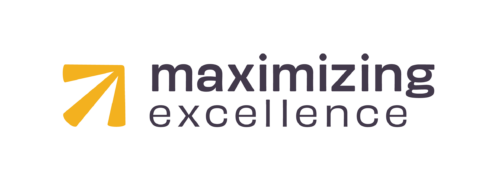An effective board is a nonprofit’s secret weapon. Ensuring the board is well oriented to its responsibilities and to the organization requires thoughtful and thorough board orientation. Read on to learn our board orientation best practices instrumental in creating strong and effective leadership.
- Onboarding Packet: Provide new board members information to familiarize themselves with the organization’s mission, vision, and goals. This includes key documents such as board member roles and expectations, organization bylaws, program and impact information, financial history, the most recent annual report, and history of the organization.
- Clear Roles and Expectations: Clearly defining the role, responsibilities, and expectations of a board member is important to maintaining a high-functioning board. This includes outlining time commitments, meeting attendance requirements, committee assignments, expectations for involvement in community engagement and fundraising, and expectations for a personal contribution to the organization. Clear expectations help board members commit fully to the role and promotes accountability.
- Personalized Onboarding: Each board member brings a unique set of skills, experiences, and community connections. It is important to take the time to learn about those and build a trusting relationship with each board member early on. This also helps staff understand the most effective role for each person to play throughout their time with the organization. This could come in the form of a welcome “get to know you” lunch with the Executive Director and the board chair.
- Comprehensive Orientation Sessions: Conducting new board member group orientation will equip members with a deeper understanding of the organization’s structure, programs, and key stakeholders. This should cover the nonprofit’s current initiatives and future goals while serving as a chance to make introductions to key staff and other board members. Pairing this with a facility tour and volunteering opportunity will further provide a sense of purpose and allow new board members to see the impact first-hand.
- Set up for Success: Provide board members a list of important dates (meetings, events, etc.), a copy of the most recent strategic plan including goals and strategies, a board roster (noting who serves as officers and on committees), the staff organizational chart with contact information, and board minutes from the last meeting. Ensuring that board members are well-informed gives them the chance to hit the ground running and contribute meaningfully, right away. This increases their engagement early on which contributes to a strong board culture.
- Cultivate a Sense of Purpose: Connect board members with the organization’s impact on the community through ongoing communication of success stories, testimonials, and program outcomes so they can see the results of their contributions and continue to build a sense of purpose and connection to the mission, reinforcing their commitment.
BONUS ONBOARDING TIP: A thank you ‘swag bag’ as part of orientation sends the perfect message of gratitude while extending your brand to your newest ambassador. Anything goes from t-shirts and hats to tumblers and koozies, to even a sweet treat as long as it is an extension of the organization and its personality.
Effective onboarding is an investment in the long-term success of a nonprofit organization. By implementing these best practices, any nonprofit can build a board that is informed and deeply committed to the organization’s mission.
Board Onboarding Checklist Link
